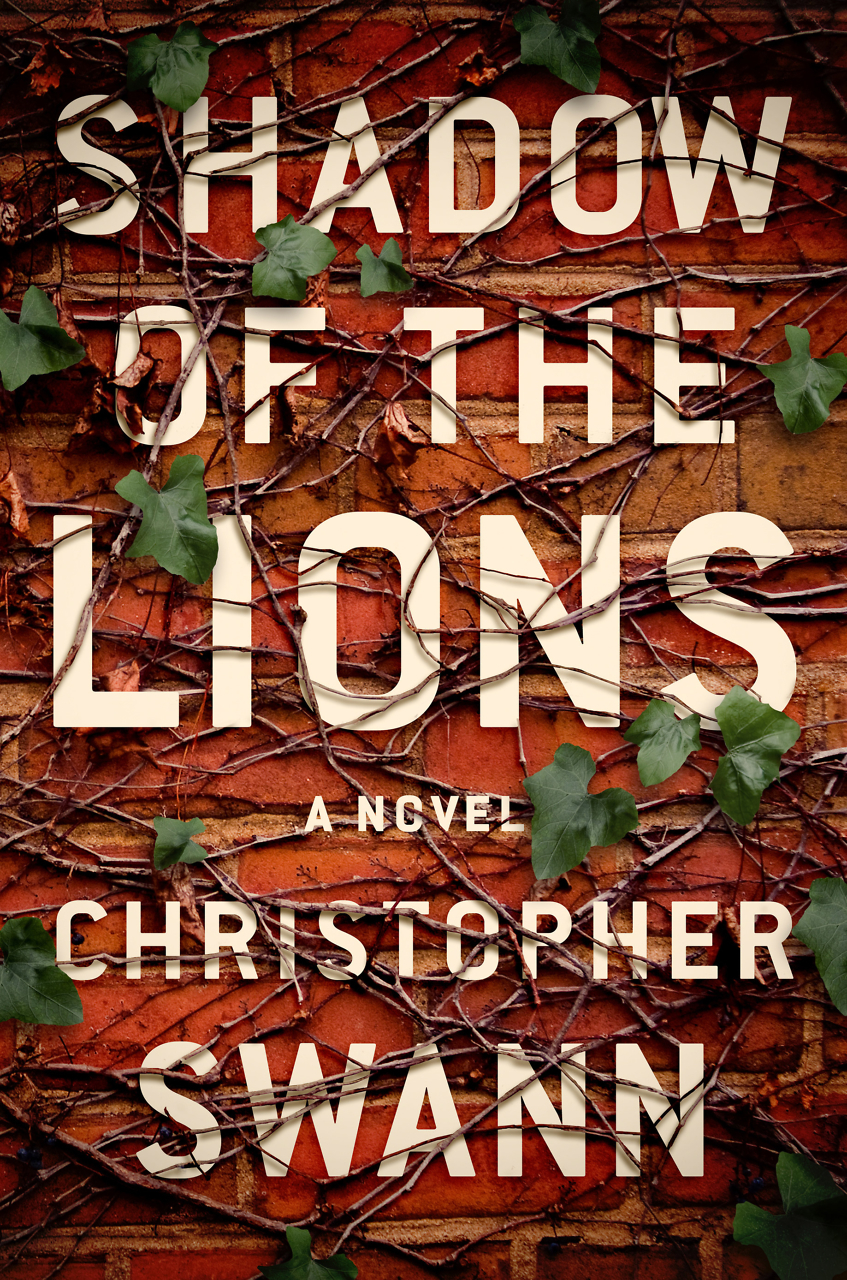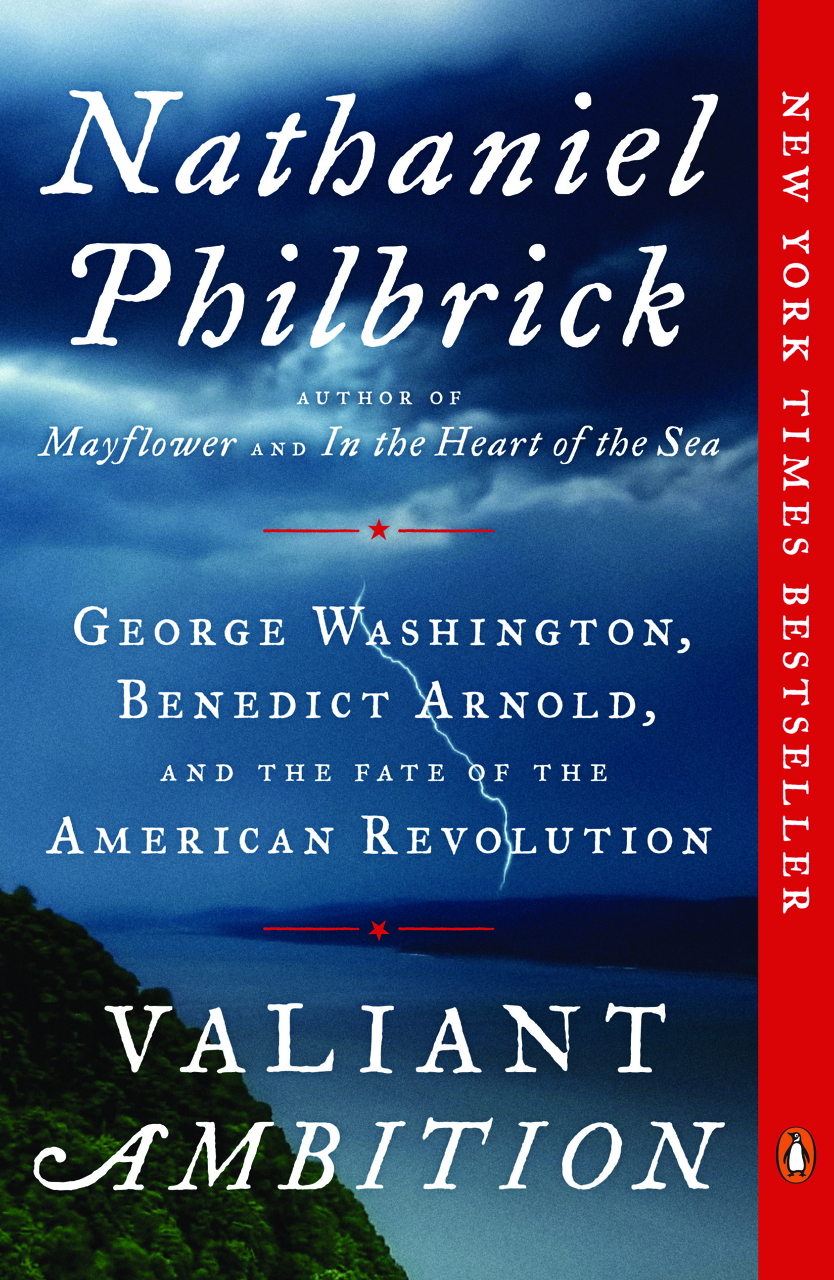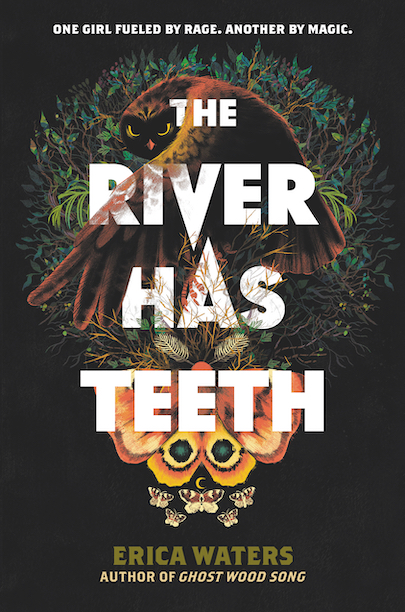An Intimate Conversation
Jenn Shapland’s memoir explores the relationship between a writer and her subject
Growing up, Jenn Shapland didn’t know much about Carson McCullers. Although she’d heard of McCullers’ novels, including The Member of the Wedding and The Heart Is a Lonely Hunter, she hadn’t read them.
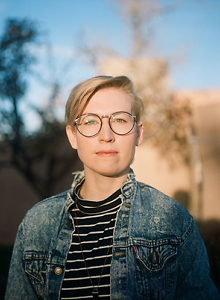 Then one day while Shapland was working as an intern at the Harry Ransom Center, an archive for writers’ papers at the University of Texas at Austin, a scholar wrote to ask for correspondence between McCullers and Annemarie Clarac-Schwarzenbach, whom Shapland hadn’t heard of at all. After taking the freight elevator into the icy basement to pull the file, she started reading the letters. “Immediately, without articulating a reason, I wanted to know everything about them both,” Shapland writes in My Autobiography of Carson McCullers: A Memoir. Back upstairs in her office, she started Googling. Clarac-Schwarzenbach, she learned, was “a Swiss writer, photographer, silk heiress, and known lady killer” who spent time in New York in the 1930s and 40s.
Then one day while Shapland was working as an intern at the Harry Ransom Center, an archive for writers’ papers at the University of Texas at Austin, a scholar wrote to ask for correspondence between McCullers and Annemarie Clarac-Schwarzenbach, whom Shapland hadn’t heard of at all. After taking the freight elevator into the icy basement to pull the file, she started reading the letters. “Immediately, without articulating a reason, I wanted to know everything about them both,” Shapland writes in My Autobiography of Carson McCullers: A Memoir. Back upstairs in her office, she started Googling. Clarac-Schwarzenbach, she learned, was “a Swiss writer, photographer, silk heiress, and known lady killer” who spent time in New York in the 1930s and 40s.
She was also McCullers’ love interest — one of several women with whom the author was romantically involved over the course of a lifetime cut short by recurring strokes. A lesbian herself, Shapland discovered the letters during what she calls “the tail end of the major, slow-burning catastrophe” of her 20s, when she was coming to terms with her feelings for a woman she publicly called her “roommate.” She set off on a journey to learn more about McCullers, and in doing so, about herself. My Autobiography of Carson McCullers is a memoir about that journey. Shapland explains:
To tell her own story, a writer must make herself a character. To tell another person’s story, a writer must make that person some version of herself, must find a way to inhabit her. This book takes place in the fluid distance between the writer and her subject, in the fashioning of a self, in all its permutations, on the page.
Leaving Texas, Shapland drove to Georgia, where she had arranged a month-long residency in McCullers’ childhood home. There, “padding around her house in my socks, surrounded by her things,” Shapland tried to “inhabit” the life of the Southern author, known for creating characters who are “mute or too tall or black or queer and almost always lonely and out of place in a conservative small town that looks a lot like her own.”
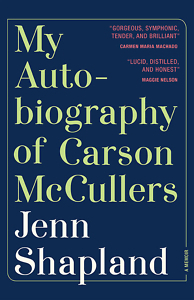 She did research at nearby Columbus State University, where transcripts of McCullers’ therapy sessions with Dr. Mary Mercer are kept. Therapy is confidential, of course, but McCullers had convinced Mercer to record their sessions in the late 1950s and early 1960s, hoping to use them to write her own autobiography (which she did, the unfinished Illumination and Night Glare). The transcripts became available after Mercer died in 2013 at age 101. They let Shapland hear McCullers tell her own story and gave her insight into McCullers’ relationship with Mercer, who (as McCullers put it) “fired” her from therapy after the two became involved.
She did research at nearby Columbus State University, where transcripts of McCullers’ therapy sessions with Dr. Mary Mercer are kept. Therapy is confidential, of course, but McCullers had convinced Mercer to record their sessions in the late 1950s and early 1960s, hoping to use them to write her own autobiography (which she did, the unfinished Illumination and Night Glare). The transcripts became available after Mercer died in 2013 at age 101. They let Shapland hear McCullers tell her own story and gave her insight into McCullers’ relationship with Mercer, who (as McCullers put it) “fired” her from therapy after the two became involved.
McCullers enjoyed friendships with other artistic people of her era, including Tennessee Williams, Eudora Welty, Paul and Jane Bowles, Gypsy Rose Lee, and Truman Capote. Some of them shared a communal living arrangement in New York, which Anaïs Nin named “February House” because most of the residents, including McCullers, were born in February. Shapland also writes about Yaddo, the artists’ community in Saratoga Springs, New York, where McCullers went to write on several occasions and where Shapland learned she’d been accepted on the anniversary of McCullers’ death. Part of this memoir was written there.
My Autobiography of Carson McCullers is structured in short segments — some several pages long, some only a sentence — that move back and forth in time in a way that feels conversational. Sensitive to the false narratives biographers sometimes impose, Shapland tries to avoid clichés, in particular the idea that McCullers’ relationships with women were insignificant compared to her “tortured” relationship with Reeves McCullers, whom she married at nineteen, divorced, and remarried. As Shapland writes, “The straight narrative is given the benefit of the doubt, and writers feel comfortable filling in the blanks to create a great and desperate love story out of what looks, on my reading, like a series of manipulations of a woman struggling to name her own desires.”
Although there is a narrative arc, reading My Autobiography of Carson McCullers feels more like listening in as Shapland thinks out loud about McCullers and herself — about why we cling to labels, what it means to write a biography, and why she decided not to sit in McCullers’ blue chair. Implicitly, she invites us into the conversation, to grapple in whatever way we want with identity and more.
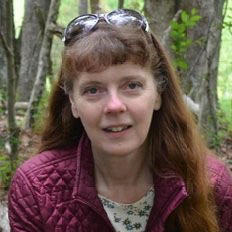
Jane Marcellus’ essays have appeared in journals including Gettysburg Review, Syracuse Review, and Hippocampus. She received the New Ohio Review Editors’ Prize in 2019. She is a professor at Middle Tennessee State University.
